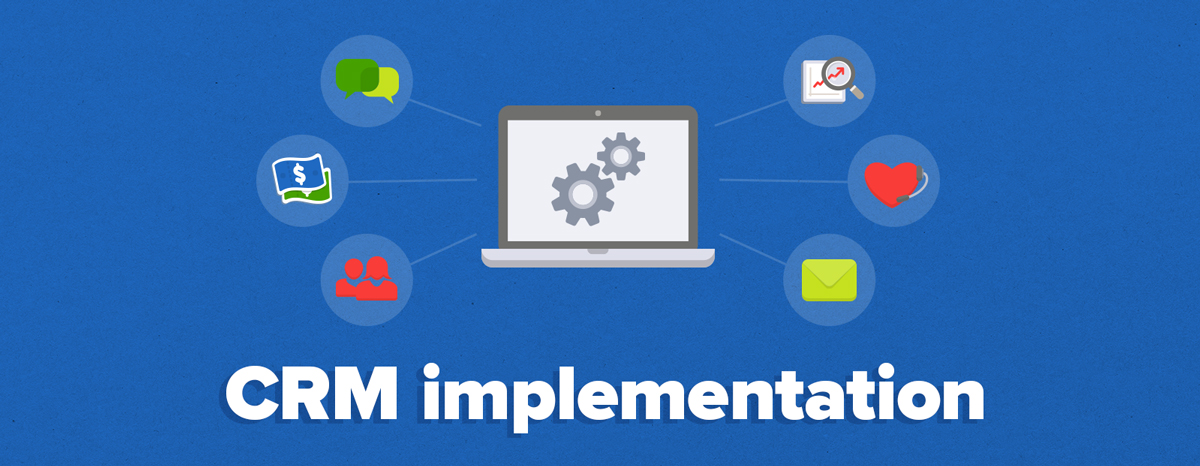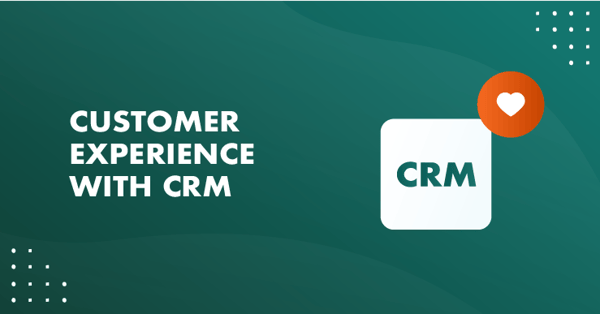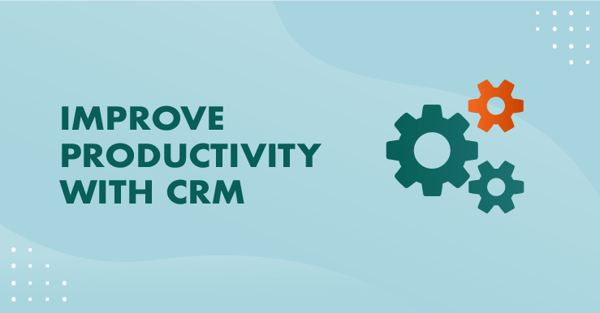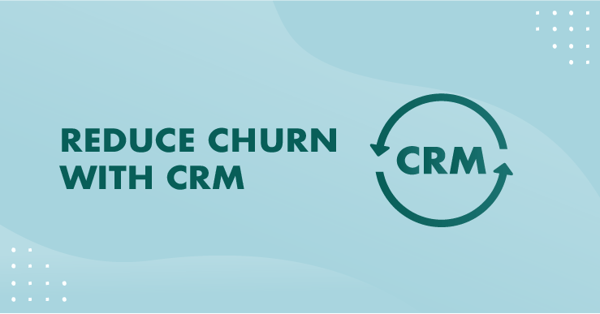Post summary:
- CRM is not a plug-and-play tool that you simply add to your tech stack. Companies that earn a positive ROI of $8 for every $1 spent treat CRM as a business strategy. It's at the core of their business.
- Nearly 75% of all CRM projects fail. The reason isn' the software - it's poor user adoption. How can you ensure that the CRM is implemented successfully and adopted company wide?
- We share 8 practical tips on how to implement a CRM system, including our own implementation method that we've used to successfully implement CRM in more than 10,000 companies.
For any organization, implementing a CRM system is a serious challenge, because it brings about changes that are happening on all levels and involve every employee.
And since change is always difficult, no surprise that from 55% to 75% of CRM implementation projects initially fail, according to Meta Group, Inc.
Yet, the benefits of surviving this not-so-easy CRM change are great, proved time and again by multiple studies and researches.
Here are just a few motivating stats that may inspire you to pursue your CRM adoption project further:
- The average ROI for CRM is $8.71 for every dollar spent.
- 82% of top salespeople cite CRM tools as “critical” to their ability to close deals.
- 47% of CRM users said that their CRM had a significant impact on customer retention and customer satisfaction.
- 2% of companies rate CRM tools as impactful or very impactful.
- 74% of businesses improve customer relationships with CRM.
Way before starting CRM implementation, when you were just testing the CRM waters, you must have addressed the following questions:
- What are the goals or benefits we expect to get from implementing a CRM solution?
- What resources does CRM implementation involve?
- What organizational changes do we need to make?
- Shall we opt for on=premise or SaaS?
Answering those questions helped you realize and define what exactly you want and need.
So, if you’ve decided that CRM is the way to go and, perhaps, even selected the CRM vendor, it’s a good idea to prepare for the organizational challenges you may face – as there is a pretty serious task of actually making it all work lying ahead of you.
Here are 8 tips to make sure that your CRM implementation is a success.
1. Ensure top management buy-in
Let’s start with the obvious – a CRM adoption is successful only if people use the system.
More so, studies prove the lack of support from senior executives tops the reasons of why CRM projects fail.
Since CRM is a project that involves all parts of an organization, top management must be not only involved, but also inspire and build credibility among others. Top management drives the opinions and culture in the organization, that’s why their early involvement sends a positive ripple effect through the entire organization. So, get your leaders onboard!
2. Find an awesome project manager
When you are implementing a new CRM system (or if you have just switched to a new system) the most important person is the one that has the mandate to run the project – the project manager.
This person is very important, because he or she orchestrates the entire show. So, they’d better be awesome!
They will make sure that the necessary steps are taken on time and the goals are met. It does not have to be someone from the management, but it must be a “doer” with contagious enthusiasm, commitment and a great eye for details.
3. Appoint a dedicated super-user
A super-user or a CRM responsible is not the same as a project manager.
This is the person who is assigned as the “know-it-all” of your new CRM system. He or she ❤️ CRM and wants to test drive everything in it.
When others in your organization have problems or need support, this is the internal go-to person who is there to help. The super-user is also often the CRM vendor’s contact point, and will be the first to get information about product releases, software updates, bugs, etc.
4. Launch with a BANG!
If the real estate agents’ mantra is Location, Location, Location, for CRM project managers it should be Motivation, Motivation, Motivation.
Internal marketing is often underestimated, but when implementing CRM software, you need to sell it to your colleagues.
How? Publish a fun article on your intranet, create a poster, make a special launch t-shirt, or – even better – organize a launch party for everyone!
It doesn’t have to cost a lot of money, but something to celebrate the launch and incite enthusiasm.
Yet, after the party is over, you can’t just rest on your laurels. You need to keep the flame burning. Walk around, ask people how things are going and help them if they struggle.
5. Set up internal usage guidelines
A CRM system is only as good as the data put in it.
That’s why it is essential to set common usage guidelines.
For example, how to include new company data or register a sale. If Jane, Marcus and Stephanie all register their sales in the CRM system, but Michael doesn’t, then it is difficult for their sales manager to take out correct sales reports and coach his sales team.
And so on. If people don’t know how to enter data into the CRM system, it makes it difficult to do many other things: track sale progress through sales pipelines, pull reports, send marketing emails to customers, and offer quick and effective customer service.
The CRM usage guidelines should be easily available and clearly state what, when and how needs to be done in the CRM system.
6. Offer sufficient training
All of us are different – some get a kick from trying out a crispy-new system and start using it right away. Others are more skeptical about the new way of working.
The (awesome) project manager should have strategies on how to handle both types.
One thing that is similar to both enthusiasts and skeptics is that they all need training!
You can choose a classroom-type training from a vendor, or if you can assign your super-user to do the training.
You should also include an introduction to your CRM system in the onboarding process for new employees. This way new personnel will learn how to use CRM from the start.
7. Define a CRM strategy and adopt a CRM philosophy
CRM is not just technology, but a strategy and a philosophy.
Saying “Let’s do CRM this year” is not a strategy. Neither saying “We’ll work in a CRM way from now on” is a philosophy.
To have a successful CRM strategy means that you need to define how your work processes will change, what steps you’re going to take at each implementation stage, what you want to achieve and how you’re going to measure your goals, and how CRM is going to complement your business development plan.
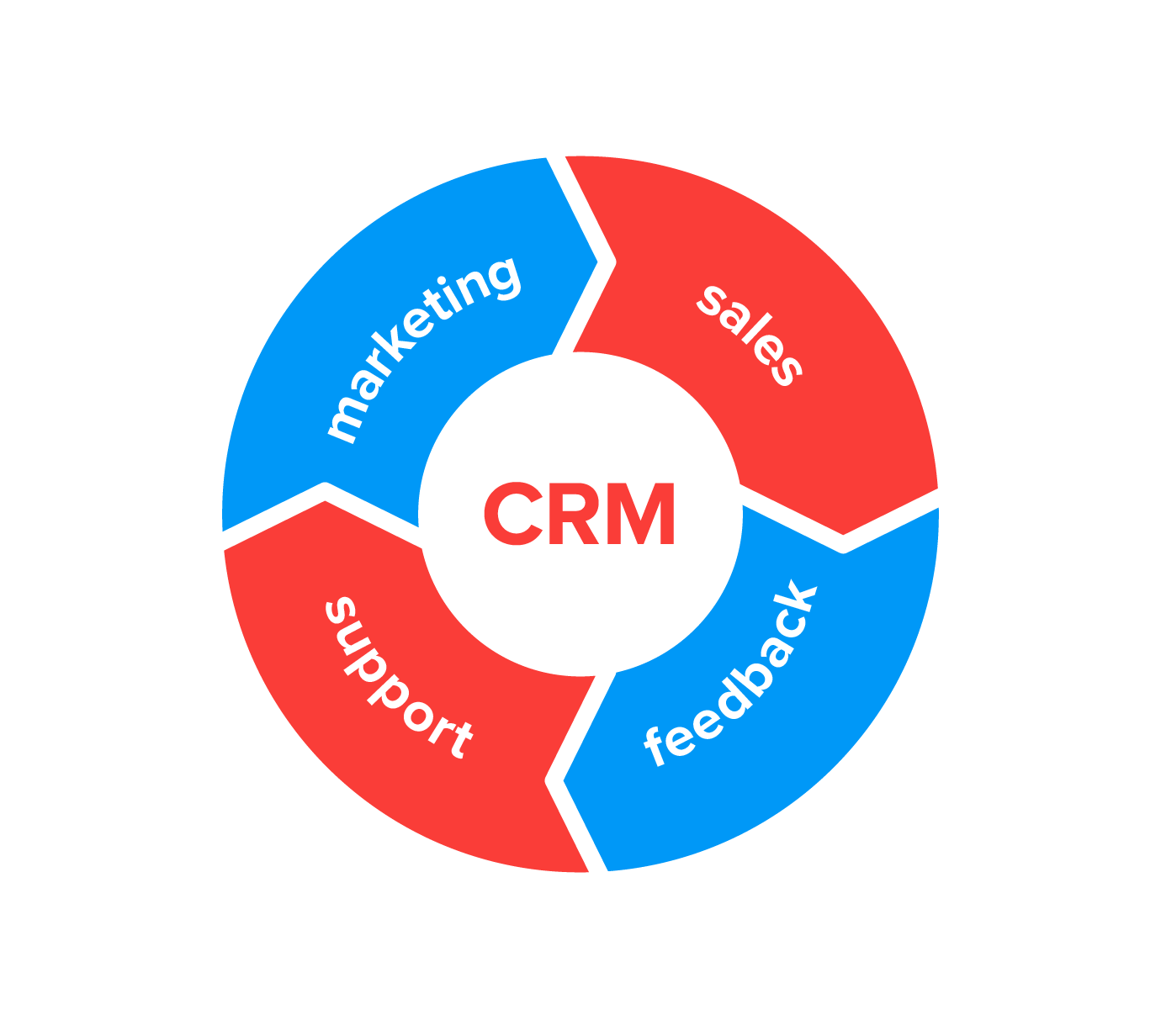
To make CRM a philosophy you need to change your entire thinking. Adopting a CRM system means that you decide to make developing and maintaining a strong relationship with customers your number one priority. In other words – you need to consciously commit to a customer-centric business model.
8. Overcome rejections and negative attitudes
Let me reiterate – the biggest challenge in CRM implementation is people.
Since CRM implementation comes with changes, such as re-thinking all underlying routines and processes and making every employee change the way they work, you need to get ready to deal with negative attitudes and rejections on all levels.
Despite the fact that a lot has been written about the benefits of CRM in the last decade, many people still look at CRM as only a sales tool.
So, you need to be ready to offer rock-solid counter arguments to the following: “in Accounting we work differently, so we don’t really need a CRM system” or “I have all my emails saved in folders in Outlook, so I know where to find what” or “in Marketing we have our own system of registering customer data, and we won’t share it with others”.
As a helping hand, here is one argument that may help you deal with all sorts of rejections: When you work for a company, that company owns your production, and it is the CRM system that ensures that all documentation and data are stored in one common database, which is owned by the company.
The SuperOffice Implementation Method (SIM)
In SuperOffice, we have created our own implementation method called SuperOffice Implementation Method – SIM.
Our team of CRM implementation experts sat down and came up with the best ways to implement SuperOffice. We wanted to help our customers to make the adoption of our product run smoothly and benefit the company from the start.
After long considerations, our experts outlined the best implementation and project management activities based on the best (time-tested) practices.
SIM, however, is not set in stone and evolves together with our product, making sure it reflects the new tendencies and product functionalities.
Yet, the best thing by far is that SIM is 100% connected to our product and is not a general implementation method. This alone makes SIM extra valuable.
SIM consists of 4 different phases which take a customer from the requirements specification to the final solution in the most efficient way possible.
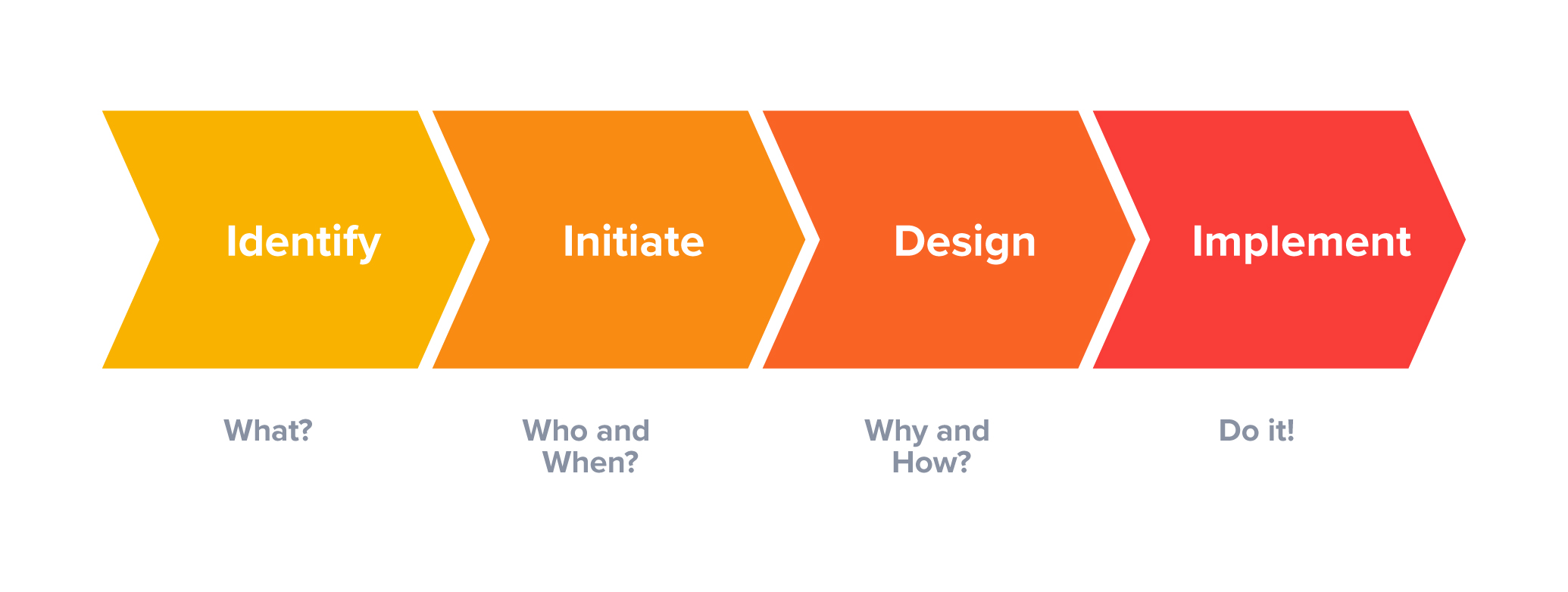
- Identify: The seller’s phase where you find out what the customer’s needs are. You can also perform a Pre-Solution Evaluation to get a clear image on what the needs are.
- Initiate: The project leader’s phase where everything is planned, down to smallest details.
- Design: This is where the solution is being built based on the customer’s processes and needs. This phase always results in a prototype presentation before proceeding with the project.
- Implement: This is where you implement the solution based on the design phase.
With SIM, we aim to deliver what the customer really wants and since its introduction, we’ve helped thousands of companies successfully implement a CRM solution in their organization.
Conclusion
CRM implementation is a project that requires preparation, commitment and cooperation across the entire organization.
There are a lot of things you need to get ready for, such as allocating resources, getting people onboard, rolling out a clear and consistent plan of action, etc.
But most importantly, you need to get ready for a shift in the mindset, as a CRM system may transform the way you do business.
Implementing a CRM system is not just introduction of a new technology when you download a software and press “Install”.
CRM is, in fact, an adoption of a brand-new way of thinking – of a customer being at the heart of business and all information being kept in one centralized database. It is a strategic business approach that unites technology, internal processes, employees and data management across an entire organization, with an aim to attract and keep customers.
If you would like to learn more about SIM and how our team of CRM experts can help you successfully implement SuperOffice CRM in your organization, then please contact us to schedule a meeting.
